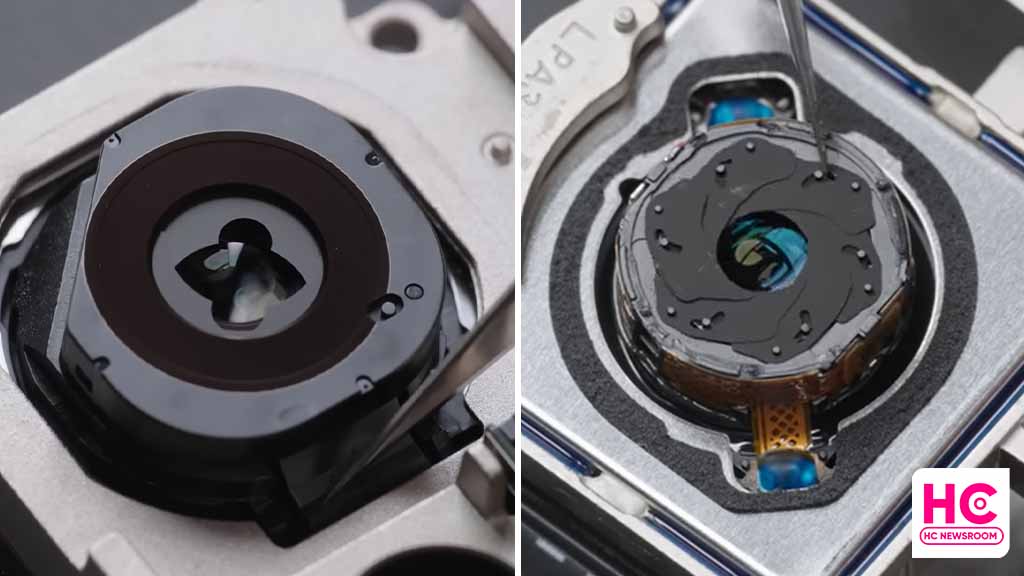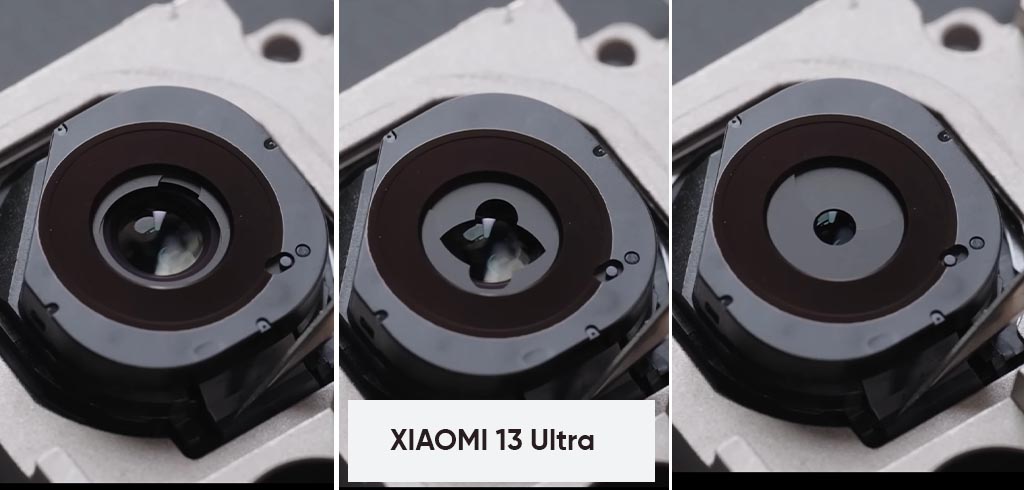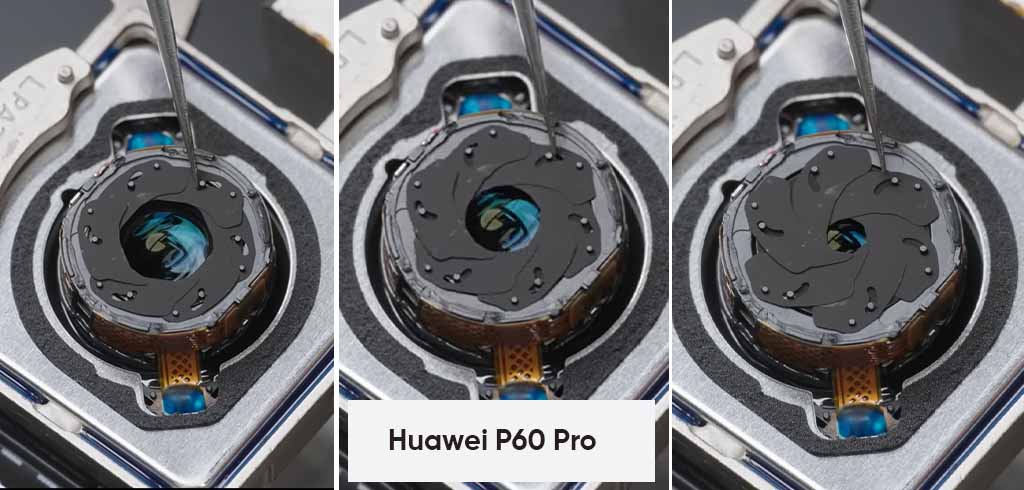Phones
Xiaomi 13 Ultra is a variable aperture newbie and Huawei P60 Pro is a master

Xiaomi has recently launched Xiaomi 13 Ultra and it comes with variable aperture technology, however, it seems like, the phone should have used a better version of the variable aperture by learning from Huawei P60 Pro.
Xiaomi 13 Ultra is marketing this camera ability with full might. Why not? You should insist on these types of capabilities if you want to beat Huawei. But Xiaomi 13 Ultra lacks to compete against the P60 Pro for this camera tech. Before we jump to an absolute conclusion, let’s dive into some important information.
Different in Variable Aperture hardware
Huawei P60 Pro consists of 6 blades with 10 stops aperture control. On the other hand, the Xiaomi 13 Ultra brings 2 blades and two-stage aperture. Let’s take the hardware details.
Xiaomi 13 Ultra
According to the info, this Xiaomi phone uses a super large 1-inch sensor under the main camera. And it ranges variable aperture between f/1.9 to f/1.4.
The disassembly video from a Chinese tech YouTuber shows that Xiaomi 13 Ultra is using dual blade solution. There’s one blade on the right and another on the left. These open and close to create an aperture effect for f/1.9 or f/4.0. Also, the feature could be used both manually or automatically. Once triggered, the left and right blade close in or opens out to provide variable aperture support.

Huawei P60 Pro:
This flagship Huawei phone brings up a 6-blade variable aperture architecture. The company already patented the technology a long time ago and finally brought it in with Mate 50 series. Later on, it was furnished with the P60 series.
Looking at the numbers, the P60 Pro camera uses an f/1.4 to f/4.0 variable aperture range. These aperture points can be controlled manually or automatically. In Pro mode, the blades enable 10 aperture combinations for different types of photography.

Conclusion:
Technologies take some time and experience to accumulate. Although Xiaomi’s two-blade aperture technology is a bit rough, we can see that Xiaomi has really worked hard to solve its structural issues. Yet, it misses the mark of stability and engineering, achieved by Huawei.
That’s why, you can’t announce yourself as an advanced player in the industry just because of the strange shape of the variable aperture. This is caused by insufficient craftsmanship. Also, it exposes the short time used to develop an insufficient technology.
Xiaomi 13 Ultra has many advantages but it also has a lot of compromises. Its massive promotion campaign is beyond the scope of the product itself and variable aperture is one of them. Therefore, Xiaomi should have learned more about the variable aperture from Huawei P60 Pro in order to use it properly in 13 Ultra.
If you want to see the live demonstration of both apertures, please visit the two videos below. These are stamped for that specific part of the video. Make sure to slow down the video in order to get a better glimpse of what is actually happening.






